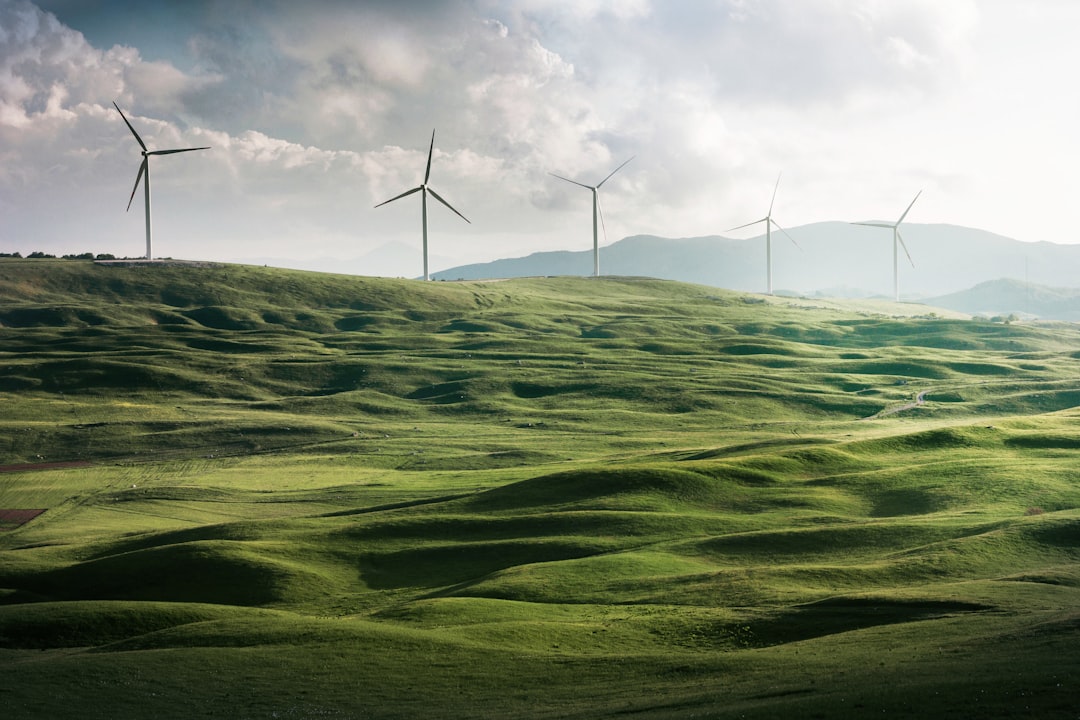What is it about?
The massive use of petrochemical plastics has become a real problem for health and the environment. This problem is related to the non-biodegradable character, of a great majority of these plastics and to the presence of certain chemical substances sometimes toxic in their internal structures. The development of biodegradable and less dangerous plastics thus represents an alternative to the petrochemical plastics. Two types of bioplastics were elaborated from cassava starch and corn starch. The simple bioplastics were obtained from starch only. The composite bioplastics were obtained by adding a natural ingredient extracted from the species Cola cordifolia to the starch. The biodegradability was assessed through burial tests in soil. The biodegradation was confirmed by the burial soil pH measurement. The burials in soil were also carried out taking into account the influence of abiotic (humidity, temperature) and biotic (enrichment in microorganisms) factors.
Featured Image

Photo by Antoine GIRET on Unsplash
Why is it important?
The study showed that biodegradability of bioplastics is linked to the nature of the starch used. The simple cassava-based bioplastic degraded faster than those based on corn. The addition of the Cola cordifolia's natural ingredient, significantly improves the biodegradability of composite bioplastics compared to simple bioplastics. However, variability of environmental factors can improve or disadvantage biodegradability. Humidity promotes the biodegradability of bioplastics, especially composite bioplastics, up to a maximum rate of 15%. Enrichment in microorganisms is unfavourable beyond 10% enrichment for simple corn bioplastic and beyond 20% enrichment for composite and simple cassava-based bioplastics. The burial temperatures above 30°C lead to a decrease in the biodegradability of bioplastics.
Read the Original
This page is a summary of: Influence of natural factors on the biodegradation of simple and composite bioplastics based on cassava starch and corn starch, Journal of Environmental Chemical Engineering, October 2020, Elsevier,
DOI: 10.1016/j.jece.2020.104396.
You can read the full text:
Contributors
The following have contributed to this page










